
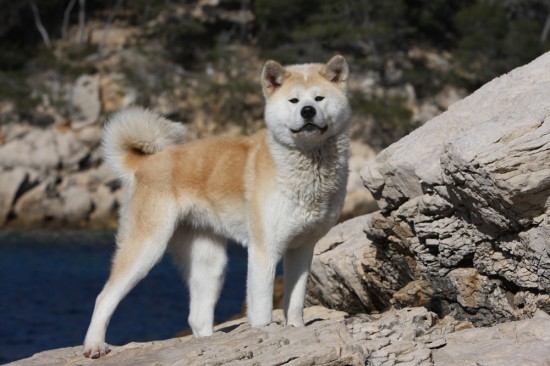
Many breeds of dog popularly kept today are said to be ‘spitz’ dogs or ‘spitz type’ dogs. If you’ve been looking at a variety of different breeds and types of dogs with a view to finding the perfect future pet or companion for you and your family, you will possibly have already heard the term in usage and wondered exactly what it means, what type of dogs it encompasses, and if a spitz dog might be worthy of consideration as your future pet.
If you’re still finding the idea of spitz dogs a bit of a mystery and are looking for a little more information, read on to find out more!
Spitz dogs are generally characterised by their pointed ears and elongated muzzle, and thick, dense fur which often contains a significant amount of white pigmentation. The tail will generally be of a type that naturally curls up over the back of the dog to some degree.
The term ‘spitz’ is not a breed in and of itself, nor does it refer to dogs of any one particular breed. It is more of a ‘type’ identification, and dogs of the spitz type often bear a passing or sometimes strong resemblance to wolves. Recent genetic testing of a range of dogs of the spitz type shows strong DNA similarities and ancestral ties to wild wolf communities, and it is thought that spitz type dogs originate from both deliberate and accidental matings of both domestic and wild dog packs with wolves.
While the precise geographical origins of the spitz dog type are unknown, a significant number of dogs classed as spitz types originate from East Asia and the Arctic regions. While the word ‘spitz’ is Germanic in origin, and a significant number of spitz dogs have been bred in Germany during their relatively recent history, the various factors that make up the spitz typing is not believed to be indigenously Germanic.
Dogs which fall under the heading of the spitz type may come from a wide variety of different breeds and breed groupings, and there is no one size fits all descriptive. While modern genetic testing and historical analysis of spitz dog types means that scientists and canine authorities are coming ever closer to definitively identifying the ancestral genetic relationship between different dogs of the spitz type, at this time a comprehensive and universally agreed upon list of spitz breeds is still under construction.
The range of dogs which are most usually considered to be spitz dogs and having the universal traits of the spitz type are listed below.
As mentioned, this list may not be definitive, and the exclusion of any breed not mentioned on the list does not necessarily negate the possibility that they too may be widely considered as a spitz type dog either in the UK or further afield.
Similarly, cross breeds and mixed breeds comprised of ancestry from any of the above dog breeds will generally also be considered to be spitz type dogs. The appearance of spitz type dogs is very distinctive, notwithstanding the general variations in size, build and origins between the different spitz type breeds, and once you have familiarised yourself with the signature spitz appearance taking into account the facial shape, curled tail and dense fur, identifying spitz type dogs when out and about becomes relatively straightforward.
One of the most distinctive and uniting factors common to all of the dogs of the spitz type is their dense, often luxurious coat, which may comprise of two layers; a long, fine topcoat and a thick, insulating undercoat of coarser hair. A dog with a coat of this type may well require a considerable amount of grooming to avoid matted fur and associated problems, and brushing is not enough. A brush will only take care of the top layer of fur, and a comb will be required to groom the dog down to the skin and deal with any mats or knots within the fur.
Spitz dogs tend to be loyal, good natured and inquisitive, and are generally relatively easy to train, although they can be prone to stubbornness and require firm direction and consistent handling.
Many of the spitz type dogs were historically bred for their endurance and stamina while pulling sleds and running over long distances in harsh and cold weather conditions, and so they may also need a significant amount of walking, free space to roam and energetic exercise. Spitz dogs and specifically spitz dogs of the husky type make great running partners, and will match you pace for pace when out jogging or running for sport or fitness.
They are generally good with children and other pets, although as with any type of dog, each individual animal should be considered on its own merits and will have its own unique personality and temperament.
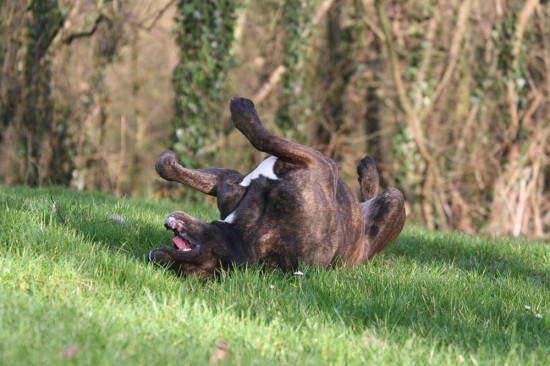 The Secret Language Behind Five Common Dog Behaviours
The Secret Langua
The Secret Language Behind Five Common Dog Behaviours
The Secret Langua
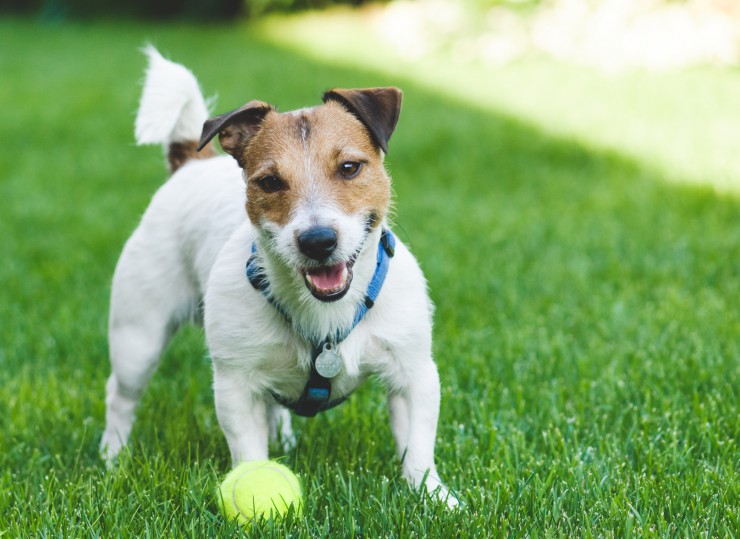 Ways You Could Be Shortening Your Dogs Life
Ways You Could Be
Ways You Could Be Shortening Your Dogs Life
Ways You Could Be
 The Behaviour Of Pet Fish Decoded
The Behaviour Of
The Behaviour Of Pet Fish Decoded
The Behaviour Of
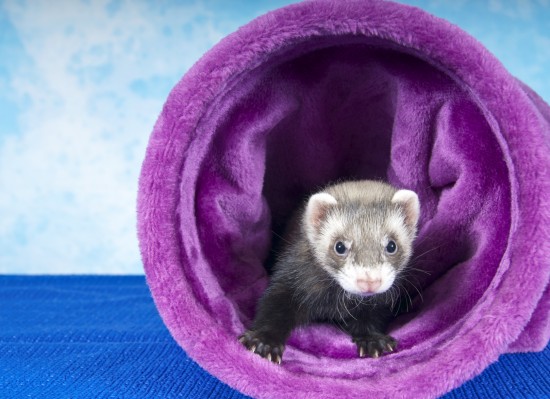 Best Games To Play With Your Ferret!
Best Games To Pla
Best Games To Play With Your Ferret!
Best Games To Pla
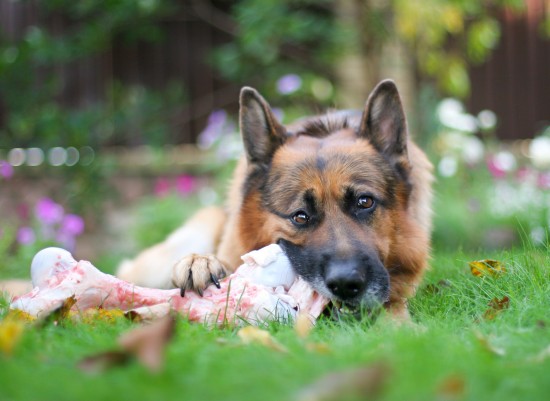 The Raw Food Debate In Dog Feeding Decoded
The Raw Food Deba
The Raw Food Debate In Dog Feeding Decoded
The Raw Food Deba
Copyright © 2005-2016 Pet Information All Rights Reserved
Contact us: www162date@outlook.com